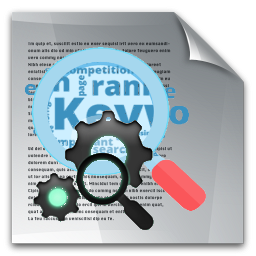| Id | 182 | |
| Author | Chamberlain, D.; Heaps, D.; Robert, I. | |
| Title | Bibliotherapy and information prescriptions: a summary of the published evidence‐base and recommendations from past and ongoing Books on Prescription projects | |
| Reference | Chamberlain, D., Heaps, D. and Robert, I. (2008), Bibliotherapy and information prescriptions: a summary of the published evidence‐base and recommendations from past and ongoing Books on Prescription projects. Journal of Psychiatric and Mental Health Nursing, 15: 24-36. |
|
| Keywords | bibliotherapy; books on prescription; information prescriptions |
|
| Link to article | https://doi.org/10.1111/j.1365-2850.2007.01201.x |
|
| Abstract | This paper summarizes the published evidence and reports from ongoing and completed projects that used Bibliotherapy and Information Prescription to deliver patient care. A literature search was conducted and relevant papers were summarized into: type of study, type of Bibliotherapy, client group and recommendations. In total, 65 papers were considered with 57 reviewed. A survey was also sent to Library Authorities subscribing to national survey standards asking for details about delivery of Information Prescription projects. There were 21 returned surveys. The experiences and recommendations were then summarized. The aim of the paper is to collate the evidence‐base of written research and the experience and recommendations of projects into an easy format so that practitioners interested in using Bibliotherapy/Information Prescription/Books on Prescription have an understanding what they are, the extent of the evidence‐base to inform practice, and highlight gaps in the research. |
|
| Metodology | Searches were carried out in January to June 2006 with monthly alerts to September 2006 on the following databases: MEDLINE 1996, CINHL, PsychInfo & Embase 1996, AMED and Cochrane Library. Research papers and reviews of papers examining the use of Bibliotherapy and Information Prescription were sought with emphasis on two areas: self‐help and evidence. Once a set of question areas had been developed and agreed by the project group, then emailing the survey form to subscribing public libraries of the Public Library User Survey Group (PLUS Group) and by asking the recipient to forward the document to the most appropriate member of staff within the library authority. The survey form was circulated via the PLUS General e‐list as a quick and easy mechanism to reach most if not all library services in the UK. A return date was given. In total, 21 survey forms were returned completed. |
Technique | Literature review; questionnaire |











